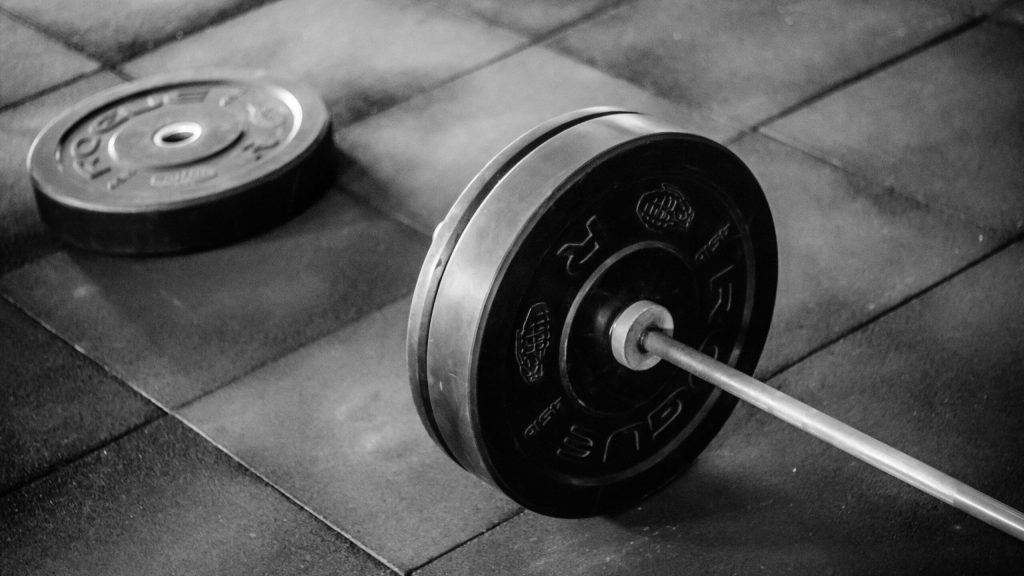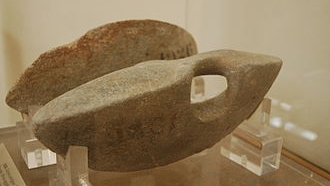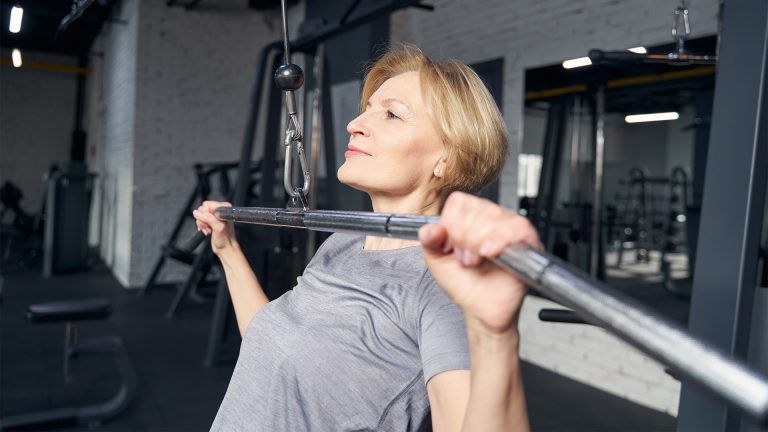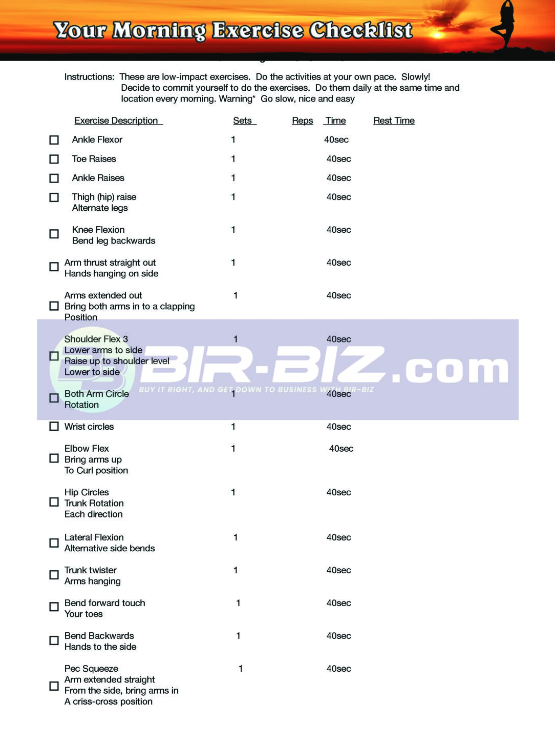If you want to build muscles, gain or even lose weight, and build strength, endurance, and power, then this article is for you. It will show you how to start on the right track for a successful journey in reaching your fitness goals.
Barbells have been around for a long time and are one of the most widely used pieces of equipment in gyms nationwide today. Barbells are versatile with different exercises, from squats and deadlifts to bench and shoulder presses. As a result, the barbell can help you build muscle and strength as no other equipment can. In this guide, we will answer questions about purchasing barbells so that you can get the most out of your workouts. Whether you’re a beginner just starting or an experienced lifter looking to improve your technique, this guide has something for you.
What are Barbells, and how are they used?
A barbell is a long metal bar with weighted discs at each end. It is lifted by gripping the bar in the middle and lifting it off the ground.
You have multiple exercise categories for the barbells, weightlifting, powerlifting, and bodybuilding and Crossfit workouts.
History of Barbells
The invention of barbells goes back to ancient times. The Egyptians created the first barbells. Other historians have theories that the Greeks were the first to make barbells out of wood. The name barbell comes from the Greek word “baro,” which means “weight.” However, there are also records from China that indicate they used an iron frame for their weightlifting routine around 1000 BC.
Barbells were introduced to the United States in the late 1800s by a German immigrant named Charles Atlas. At the time, they were called “dumbbells.” Dumbbells(see our dumbbell blog) are two weights attached to each end of a handle, while barbells are a single weight attached in the middle of a long rod.
The Charles Atlas business later changed its name to York Barbell company and is still in business today. It is one of the world’s largest manufacturers of weightlifting equipment.
The benefits of using Barbells
One of the main benefits of using barbells is that they allow you to lift heavier weights than other weightlifting equipment. In addition, the long bar helps to distribute the weight evenly across your body, enabling you to lift more weight without putting as much strain on your muscles.
Barbells help to improve your balance and coordination. For example, it will teach you to stabilize the barbell as you lift it. In addition, the barbell forces your body to work together to keep the barbell from tipping over.
Using barbells can also help to increase your flexibility. You have to reach down and grab the barbell from the floor, which requires you to move your body in a way that you might not have familiarity with those movements,
If a beginner uses a barbell for the first time, the body’s response is mainly mental. Learning how to move a barbell will teach your mind to use all your muscles together to move the weights efficiently because the human body functions as a complete system and our nervous system control the muscles.
Parts of the barbell

The main parts of the barbell are the shaft, sleeves, bearings, collars, Knurling, fastener, and end caps. However, other barbell parts don’t require you to have special knowledge because they come pre-assembled with the bar. The Knurling is grooves cut into the bar.For example, the three types of Knurling are Hilltop, Volcano, and Mountain.
The Different Types of Barbells
The Power Barbell is the more popular and found in most gyms. It weighs 45lbs and is 29millimeters in diameter. It has a knurling section in the center 29millimeter in the bar for added grip on your back when you do squats. In addition, the bar has a high tensile strength meaning the bar does not bend. This bar is for squats, bench presses, and deadlifts.
The deadlift bars are for deadlifts. It is thinner than most power bars and is approximately 92 ½ inches long.

Squat bars are 32 millimeters in diameter and have aggressive Knurling, so the barbell digs into your back to handle more weight. Squat bars are usually 55lbs.
Weight lifting bars are 45lbs and 28 millimeters in diameter. This bar is the most expensive bar used in the gym. Handle it with care.
How to Purchase the suitable barbell for your needs

Determining what barbell to purchase for your home gym can be a mind-numbing task. Here are a few things to look for in making that purchase:
- First of all, a good barbell should run on an average of $200-$350.00.
- The bar must have good quality steel with a tensile strength that should range between 180,000 and 220,000 PSI (Tensile strength of a barbell entails how much a barbell can hold before it breaks or fractures).
- The Knurling on the barbell helps you to grip the bar when exercising. There are three basic types of Knurling; Volcano, Hilltop, and Mountain knurling. *Volcano (recommended type)
- The spin on the barbell aids when doing the clean&jerk snatch to prevent your wrist from breaking
- Recommend purchasing a bar with bushings
- The bar shaft finish should be stainless steel
I suggest you start with a General Training bar for a beginner, around $250. If you are doing powerlifting, squats, or deadlifts, the following bars are my recommendations:
- Rogue Ohio Power barbell
- Texas Power bar
- York Barbells
- American Barbell
In summary, the main points to consider for making a choice on which barbell to purchase are:
- What type of lifting are you going to do?
- Pick a barbell suited to the lifting you will be doing when in use.
- Select a finish that meets your needs and budget.
Barbell manufactures and prices
| Manufacturer | Product | Price |
|---|---|---|
| Rogue Barbell Fitness Company | The Ohio Barbell | $299 |
| York Barbell | TKO Power Barbell | $390 |
| Texas Power Barbell | Texas Power Barbell | $285 |
| American Barbell | Calif Power Barbell | $335 |
How to Clean and Maintain your Barbell
- Always wipe your barbell down after every use with a soft cloth
- Clean your barbell frequently:
- Weekly, wash the bar with mild soap, water, and a brass bush. Next, rinse the bar and use an excellent disinfectant to kill germs. After the bar has dried, oil the bar with 3inOne oil to prevent rust.
Storing your barbells
- If you have the space, always try to store your barbell horizontally
- Do not store the bar near the ground. Place it up at a reachable height
- Remove all weights on the barbell before hanging them in place
- Never keep the barbell on the ground
- After completing the use of the barbell, do not store it at any angles

Type of Exercises used with Barbells
The following is a list that the average lifter will do with barbells:
Performance Barbells
- Curls
- Bench Press
- Overhead Press
- Squats
- Deadlifts
- Shrugs
- Tricep Press
Power Lifters
- Bench Press
- Squats
- Deadlifts
- Bent over rowing
- Leg Press
- Leg lunges
Olympic Lifters
- Snatches
- Power Cleans
- Jerks
- Deadlifts
- Overhead press
- Front and back squats
- Overhead squats
Best Barbell Exercises
My pick of the best barbell exercises to help you build muscles, strength, lose weight, or gain weight are as follows:
- Bench Press
- Overhead Press
- Deadlifts
- Squats
- Bend over rowing
- Walking Lunges
In Conclusion
Consult your physician before you start any fitness weight lifting program.
Barbells are an excellent way to add variety to your workouts and are relatively simple to exercise. However, before you start using barbells, it is essential to understand how they work and what type of weight is appropriate for your fitness level.
If you are new to strength training, we recommend that you start with lighter weights and gradually increase the amount of weight as you get stronger. A good starting weight is between 20 to 30 lbs for most people.






